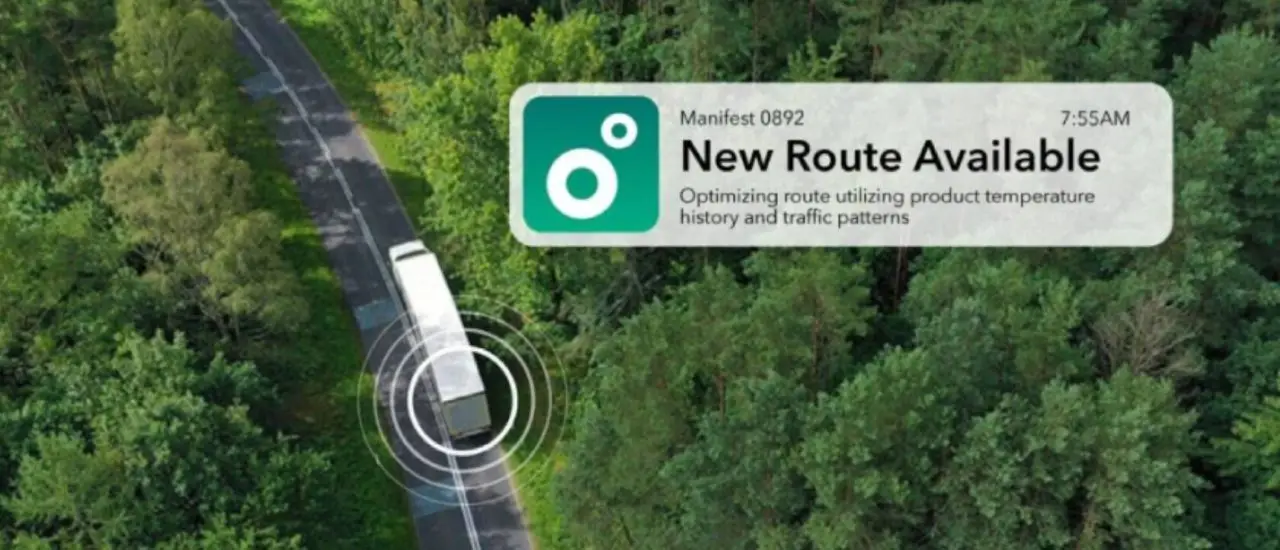HID’s RFID ID Tags and InfraMarker's RFID System Improve Workflow

Dinosaur Bones Are Now Unearthed and Cataloged With an Innovative Technology That Improves Workflow by 80%
“For a couple of bucks I know where everything is. I can't speak glowingly enough about how well this works for us. We are in the middle of nowhere; there's no Wi-Fi connectivity here, and it (RFID) still works,” said Tom Hebert, Founder and Director of Earth Sciences Foundation.
Leveraging technology from HID’s RFID tags, InfraMarker's RFID system and Esri’s field mapping software, Herbert and Earth Sciences Foundation, a fossil excavation non-profit, are excavating dinosaur fossils in remote South Dakota and are experiencing an 80% improvement in workflows, reduced burden of manual data entry and administrative tasks. This frees up valuable time for the field technicians to focus on core activities like research and fossil conservation.
In brief, RFID ID tags are a type of tracking system that uses radio frequency to search, identify, track, and communicate with items and people.
“RFID is radio frequency identification and an easy way to think about RFID tags is that they are a wireless barcode attached to an object that you can change and update. The big benefit here is that Tom and his team can update the RFID tags on fly,” explained David Chose, HID Global Sales Manager, Americas, Identification Technologies Division. “So as these bones go through the whole process of being excavated to being displayed at a museum, each step of the process can be easily updated and documented” concluded Chose.
“Using HID’s RFID tag technology, GIS mapping, and geospatial curation, we can see the life of this fossil from the time we found it in the ground, to the time we put it in storage, to the time we prep it, clean it, restore it and display it in the museum. This allows people to follow the adventure of this bone from beginning to end. It also allows us and other scientists to do better research, collaborate easier and exchange ideas faster,” stated Hebert.
The solution proved to be a resounding success. Within just five days, the excavation team had seamlessly cataloged 347 fossils, demonstrating this innovative approach's rapid adoption and efficiency gains.
“This project is the proof that any organization that needs to track and manage assets across space and time will benefit from incorporating RFID with the GIS,” said Mike Klonsinski, President of Berntsen.
-über-Wi-Fi-HaLow-400.webp)









